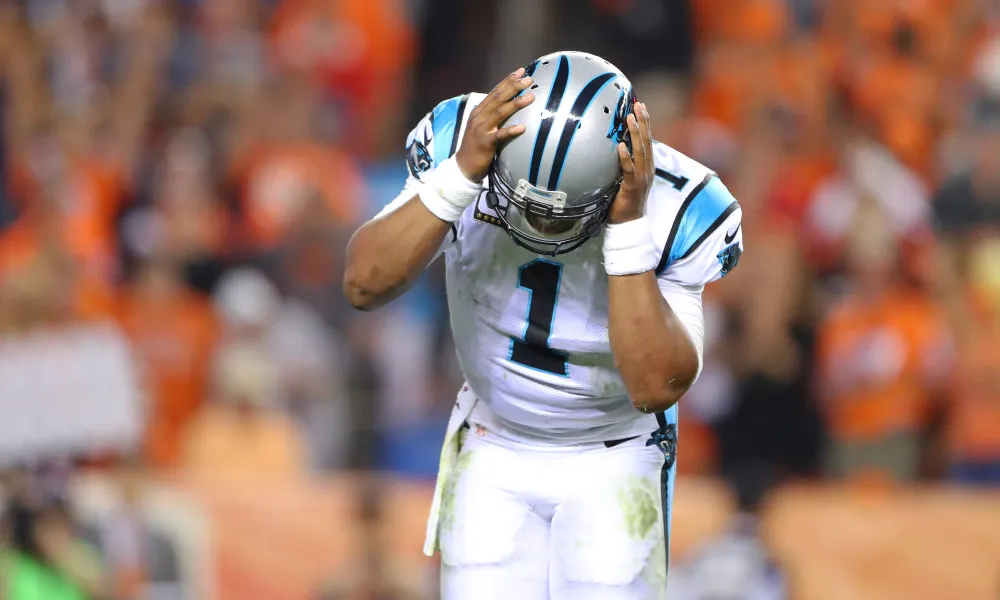The topic of traumatic head injuries once again is dominating the headlines in the NFL this week as the Carolina Panthers’ star quarterback, Cam Newton, was repeatedly hit in the head during the season’s opening game against the Broncos. Despite appearing to be visibly shaken after a number of late game hits Newton was not examined under the NFL’s concussion policy on the field but was said to have passed four separate tests after the game. The controversy that ensued was reminiscent of what happened last year after Rams quarterback Case Keenum was allowed to continue playing after this hit.
The NFL’s current concussion policy describes on field testing as measuring “memory, concentration and balance” through a series of tests, such as answering questions like “who scored most recently, the team’s previous opponent and whether the team won or lost its most recent game.” In addition the team doctor will often have the player follow his finger with his eyes to check for abnormalities in eye movement, which is a common sign of a concussion. This process, however is subject to human error and doctors acknowledge that only advanced specialists will be able to detect subtle abnormalities.
That degree of imprecision can have lasting ramifications if a concussion is left undiagnosed, which is why SyncThink set out to solve the problem using virtual reality and eye tracking technology.
SyncThink’s platform, Eye-Sync was recently granted FDA approval for use as a concussion testing device. Using a series of cameras on the inside of a VR headset, along with an eye tracking algorithm, Eye-Sync measures the variability in your eye’s movement while following a point around your field of view. That data is then outputted to a chart which allows a doctor to check for abnormalities against a baseline test. The objective data allows the test administrator to have much more context to make a more accurate diagnosis.
SyncThink began using the technology in partnership with the military, testing over 5000 troops for concussion symptoms, more recently however the company has started looking towards athletics as well. Over the past year, Stanford University’s football team has been using Eye-Sync as a part of their concussion protocol joining a number of other programs across the elementary, high school and collegiate levels.
Stanford’s athletic director told the SF Chronicle in a recent article that in one case an athlete who was suspected of having a concussion five days before a big event was administered the test, which revealed him to have normal results compared to his baseline testing, and rather than being sidelined he was able to be properly rediagnosed with a minor neck issue that was causing some concussion like symptoms.
Speaking with SyncThink’s CTO Daniel Beeler, the company is looking to bring their system to the NFL in the coming years, but he acknowledges they can be slower to adopt new technology. That said, however, the NFL has recently had an eye on expanding the consumer’s experience through VR and AR, so nothing is out of the question. We have reached out to the NFL for comment.





























